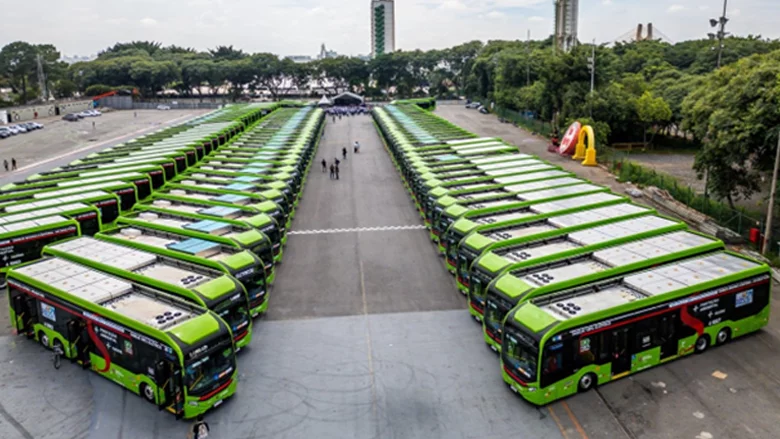Over the last fifteen years, we have seen the (re)introduction of trams (or light rail) as a suggested ‘solution’ to delivering public transport at a lower cost than heavy rail in the low to medium density trafficked corridors. As an alternative, bus-based transitways are also coming into vogue, but are often compared with light rail and frequently criticised in favour of light rail on the grounds of their lack of permanence because of the opportunity to convert the right-of-way into a facility for cars and trucks. In this paper, we consider the evidence on the costs and benefits of light rail and bus-based transitway systems, with particular attention given to the biases in the positions taken by advocates of either form of public transport. The lessons to date reinforce the importance of delivering seamless transport services with good geographical coverage and sufficient flexibility to respond to changing market needs if we are to make a difference to the dominance of the automobile.











